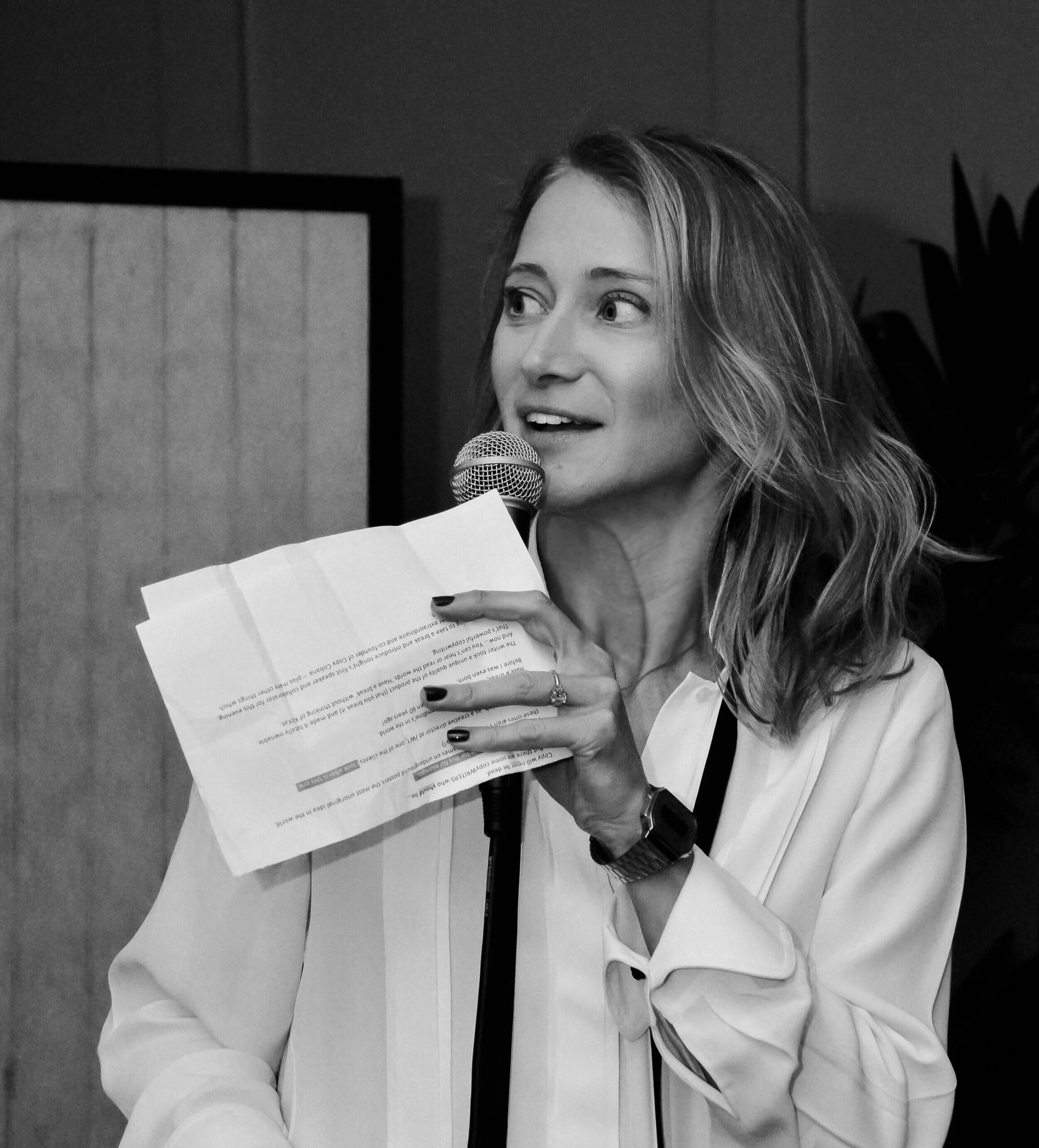In this episode of Creative Futures, IAA Benelux Executive Director Stephanie Manning sits down with Jo Wallace, Global Executive Creative Director at Jellyfish and founder of Good Girls Eat Dinner, for an inspiring and practical conversation about AI, creativity, and keeping the human touch in an increasingly automated world.
Here are some highlights of the podcast.
The Role of AI in Creative Strategy
Jo describes AI as the ultimate enhancer, not a replacement. At Jellyfish, AI isn’t seen as a shortcut but a supercharger for human creativity. Whether it’s accelerating prototyping or tailoring insights, AI is used to deepen, not diminish, the strategic process.
“We’ve trained our people on AI tools, enrolling them onto courses such as Curious Refuge and all our award-winning creatives have access to a variety of Gen AI tools such as Runway and VEO3 through our proprietary platform, Pencil. We don’t just talk about AI, we’re constantly building and using the tools. We combine human ingenuity with AI excellence to deliver results for our clients.”
Japan Airlines: Personalization at Scale
Jo walks us through Jellyfish’s stunning AI-powered campaign for Japan Airlines, where her team used Google’s VEO2 to create personalized in-flight entertainment based on destination and month of travel.
“We developed a global brand campaign for JAL, ‘You Mean The World’ – underlining the care and hospitality they bring to each interaction. So, rather than having a one-size-fits-all flight film across all flights, we wanted to…highlight specific must-sees…that are happening at your destination. The first one we created was Tokyo in April, where there were cherry blossoms, visualizing what you could do as you touchdown.”
Brainstorming with AI and Guarding Against Groupthink
AI helps Jo’s team visualize ideas faster than ever, but she warns against relying on it for the idea itself. With large models trained on the same datasets, convergence is a real risk. Human ingenuity must always lead.
“AI is always gravitating towards the same ‘best’ answer. It’s essentially trained on past brilliance, past creativity, past ideas. If everyone uses the same models, there’s the risk that advertising will all become the same. So again, it’s going to come down to “what is the idea? What is the power of the idea? How are we connecting to people? And how are we moving people?”
Where AI Helps Most and Where It Still Falls Short
From summarizing 10,000-page documents in seconds to simulating dream-like locations on a limited budget, AI expands what’s possible. But Jo notes its current limitations: strange visual glitches, subtitling bugs, and of course, the absence of genuine emotional intelligence.
“It’s essentially like a paintbrush. In Picasso’s hands, that paintbrush can create art, but in another person’s hands it could create something very shit. It’s the same tool, but different outcomes.”
AI and the Return to Real-World Connection
Despite AI’s vast capabilities, Jo hopes it leads to a renewed value on real-world experiences. She highlights a Jellyfish activation in NYC that brought the mountains to Manhattan for a running brand, showing how physical engagement still matters.
“AI can bring things to life, but there’s still that limit of that connection and that emotive charge that we bring through AI. I hope we don’t forget the power of actual human interaction and connection, because that’s so important to us.”
Listen to the podcast on Spotify.

ABOUT OUR GUEST

